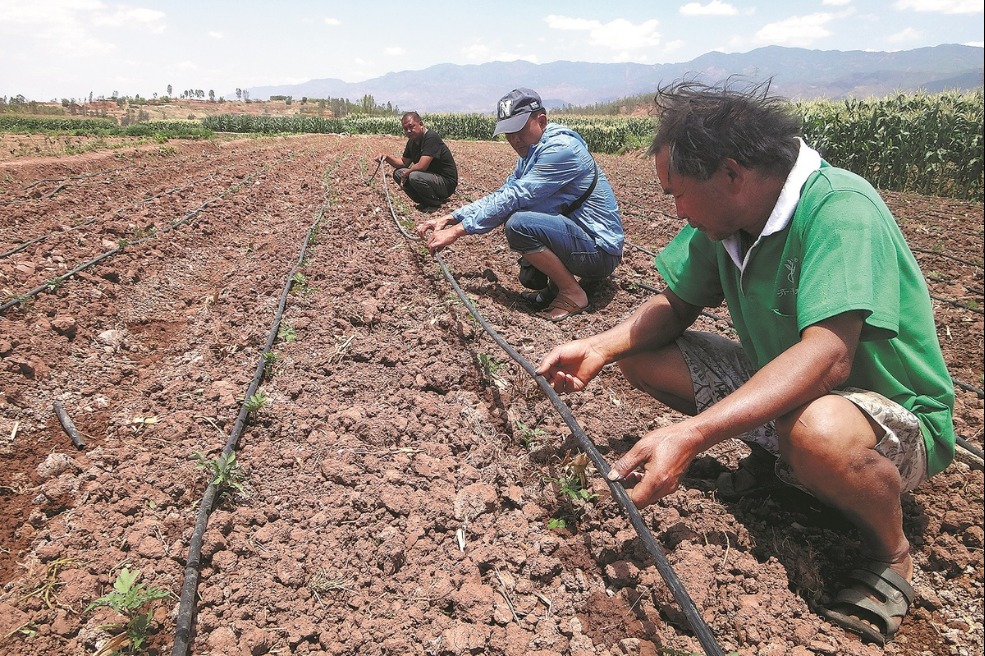Space company works on new reusable rocket

Expace Technology in Hubei province has been working on a reusable rocket that will be propelled by liquid oxygen-methane engines.
With a thrust of 70 metric tons, the new engine has undergone ignition tests as well as vertical takeoff and landing tests, according to Zhao Shuang, marketing director at the company, which is a subsidiary of China Aerospace Science and Industry Corp, a major State-owned space contractor.
Compared with traditional types of rocket engines that can function only once, engines consuming liquid oxygen and methane have become popular because they are reusable, cost-efficient and more environmentally friendly.
If everything goes according to plan, the new rocket will make its maiden flight in the near future, said Zhao, who is also deputy manager of CASIC's Kuaizhou 1A rocket team.
CASIC plans to conduct up to 10 launches with its Kuaizhou carrier rocket family this year.
"The Kuaizhou 1A and Kuaizhou 11 rockets are scheduled to carry out eight to 10 launch missions to transport more than 30 satellites to their orbits," Zhao said on Monday at a rocket assembly facility in Wuhan, Hubei province. "We have launched two Kuaizhou 1A rockets this year, and we plan to perform several Kuaizhou 11 flights this year."
She said the Kuaizhou 1A model has undertaken 26 flights that have placed 56 satellites into space. The type made six launches last year.
The 20-meter Kuaizhou 1A model has a diameter of 1.4 meters and a liftoff weight of about 30 tons. It is capable of sending 200 kilograms of payload into a sun-synchronous orbit, or 300 kg of payload into a low-Earth orbit, according to its designers. It was first flown from the Jiuquan Satellite Launch Center in northwestern China's Gobi Desert in November 2017.
The larger Kuaizhou 11 is 25 meters tall and 2.2 meters wide. With a liftoff weight of 78 tons, the rocket is able to place a 1-ton payload into a typical sun-synchronous orbit at an altitude of 700 kilometers, or a 1.5-ton spacecraft into a low-Earth orbit.
Its first flight took place in July 2020 at the Jiuquan center but failed due to technical abnormalities. The second launch was made in December 2022 at the same site and was successful.
CASIC started developing the Kuaizhou series in 2009 as a low-cost, quick-response product for the commercial space market. The Kuaizhou is the dominant solid-propellant rocket family in China, as opposed to the Long March series which mainly relies on liquid fuel.
- Weihai and Shanghai to co-host World Cities Day, promoting global urban sustainability
- Shandong boosts county economy through industry
- Form bank chief imprisoned for bribery
- First zero-carbon certificate issued in China
- Forum highlights green energy partnerships amid climate challenges
- China Golden Eagle festival names top TV winners





































